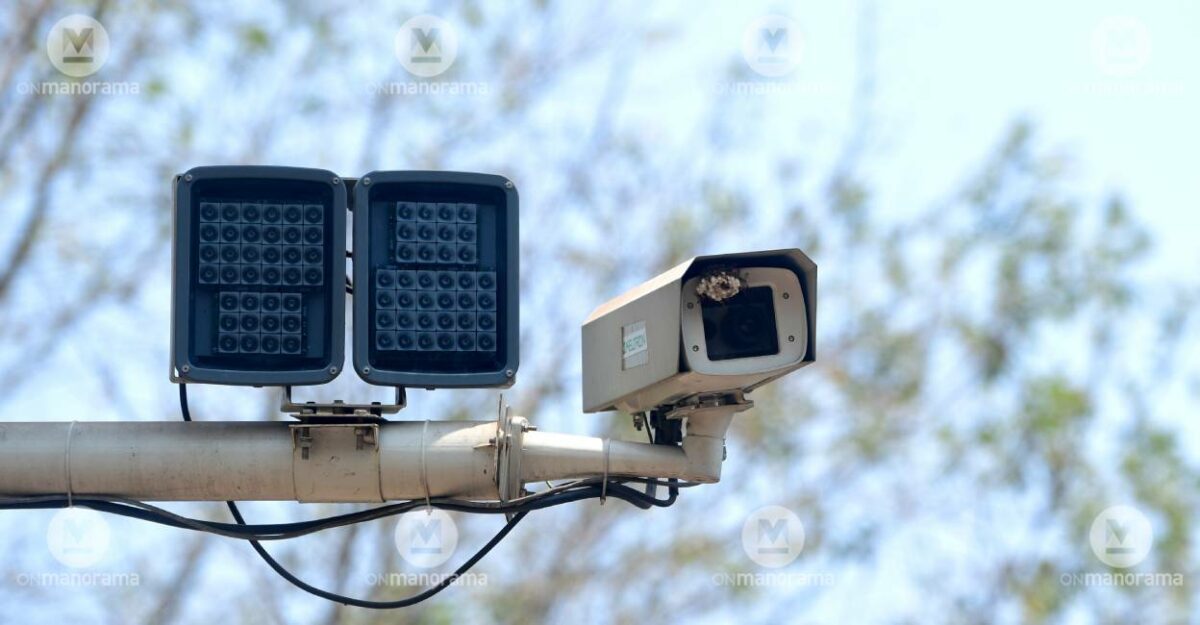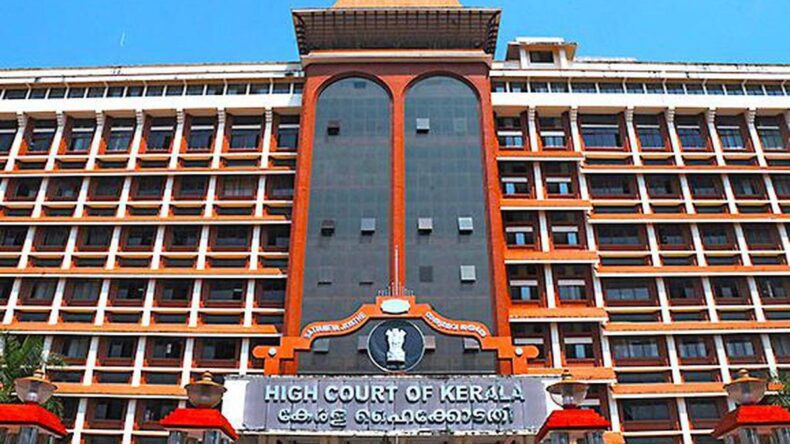The use of AI (Artificial Intelligence) cameras for detecting road violations has become a subject of debate due to corruption allegations surrounding the implementation of the project. However, the Kerala High Court has recently expressed its support for this innovative venture, emphasizing that corruption claims should be addressed separately. This article examines the court’s stance on the matter and highlights the importance of not discouraging the use of AI cameras for enforcing road safety.

The Court’s Appreciation of the Innovative System
Justice P V Kunhikrishnan, presiding over a single bench, commended the introduction of AI surveillance cameras on roads in Kerala for detecting violations of the Motor Vehicles Act and Rules. The court acknowledged the government’s efforts and the Motor Vehicle Department’s initiative, stating that there was no criticism from any quarters, including opposition parties. The court emphasized the acceptance and endorsement of this new venture.

Allegations of Corruption and Violation of Privacy
While the court recognized concerns about transparency and corruption in the decision-making process and procurement of cameras and related equipment, it deemed these issues separate from the use of AI cameras. The opposition parties, including Leader of the Opposition V.D. Satheeshan and MLA Ramesh Chennithala, had approached the court seeking a court-monitored inquiry into the Automated Traffic Enforcement System for Safe Kerala, alleging corruption and privacy violations. In response, the court directed the state government to halt financial payments to contractors until further orders.
Supporting the Innovative Venture
The court reiterated that despite potential lapses in the project’s implementation, discouraging such an innovative venture would be unjustified. It acknowledged that there might be technical defects and lapses that needed rectification. Still, it emphasized that the installation of AI surveillance cameras was a commendable step toward detecting road violations in this era of technological advancement. The court asserted that the petitioners could not evade the AI cameras by seeking exemptions.

Helmet Exemption and Public Safety
The petitioners in the case sought exemption from wearing helmets while riding two-wheelers due to medical reasons. However, the court firmly rejected their plea, stating that no citizen could be exempted from wearing a helmet. The court emphasized that wearing a helmet was crucial for protecting the lives of citizens and ensuring their safety. It cited Section 129 of the Motor Vehicles Act, 1988, and Rule 347 of the Kerala Motor Vehicles Rules, 1989, which make it mandatory for both riders and pillion riders of two-wheelers to wear helmets.
The court highlighted that the state’s duty is to protect the lives of citizens and that there is no fundamental right to ride a two-wheeler without following the rules of the land. It suggested that if the petitioners suffered from illnesses preventing helmet usage, they should opt for alternative means of transportation, such as public or private transport services. Evading the law and violating helmet regulations using two-wheelers would not be tolerated, as AI cameras would capture such violations.
Conclusion
The Kerala High Court’s support for the use of AI cameras in detecting road violations despite corruption allegations is a significant development. While acknowledging concerns about transparency and corruption, the court emphasized the need to address those issues separately from the implementation of the innovative AI camera system. Public safety and adherence to traffic rules, including the mandatory use of helmets, were highlighted as fundamental responsibilities. This verdict underscores the importance of leveraging technological advancements to enhance road safety, while simultaneously addressing concerns related to transparency and corruption in project implementation. It sets a precedent for other jurisdictions grappling with similar issues and highlights the need for a balanced approach towards incorporating innovative solutions into the legal framework.













